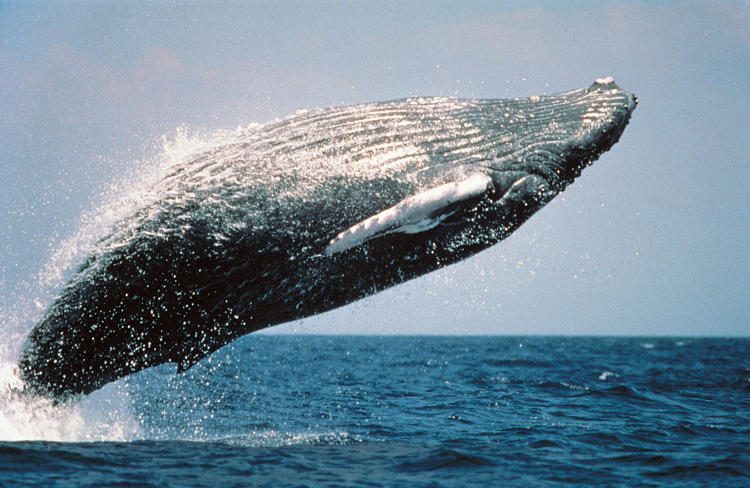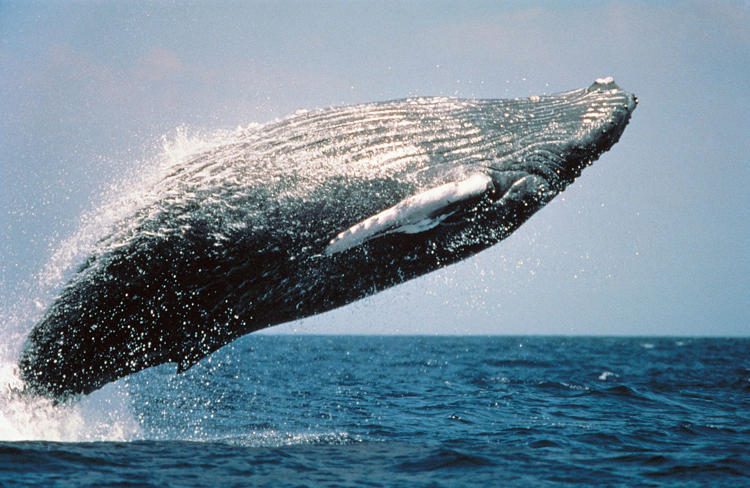Marine biologists in Brazil were stunned to discover the body of a young humpback whale on a remote island in the Amazon jungle, at a time of the year when it should have migrated 4,000 miles away, to Antarctica.
The whale’s body was found by members of the conservation group Bicho D’Água, after they spotted vultures circling a mangrove on Marajo Island, a large, forested island in northern Brazil. The marine mammal, approximately 26-feet-long, was lodged in thick shrubs and brush, about 50 feet from the shore. A team from the region’s Municipal Secretariat of Health, Sanitation, and Environment inspected the carcass and reported that it did not appear to have any visible injuries, so until officials conduct a necropsy, the cause of death remains a mystery. At this time, the two main theories are that a powerful tide launched the whale inland, or that it died at sea and was carried onto land by people.

Photo: America’s Byways
“We’re still not sure how it landed here, but we’re guessing that the creature was floating close to the shore and the tide, which has been pretty considerable over the past few days, picked it up and threw it inland, into the mangrove,” a conservation specialist from the Bicho D’agua Institute told Brazilian media.
But the biggest mystery surrounding this case is what the whale was doing anywhere near Brazil this time of year, when most humpback whales are thousands of miles away in Antarctica. Humpback whales are commonly seen further south on Brazil’s Bahia coast, between the months of August and November, but they are rarely spotted so far north, at the mouth of the Amazon River, especially this time of year.
“The question is, what was a humpback whale doing in the month of February on the northern coast of Brazil? It’s unusual,” Renata Emin, the president of Bicho D’Água, told G1.
Some conservationists believe that the calf had become separated from her mother as they were migrating south, but so far that’s just a guess.
View this post on Instagram
Because the carcass was too large and in too remote an area to remove completely, scientists took samples of it for a necropsy in hopes of figuring out how it died.













